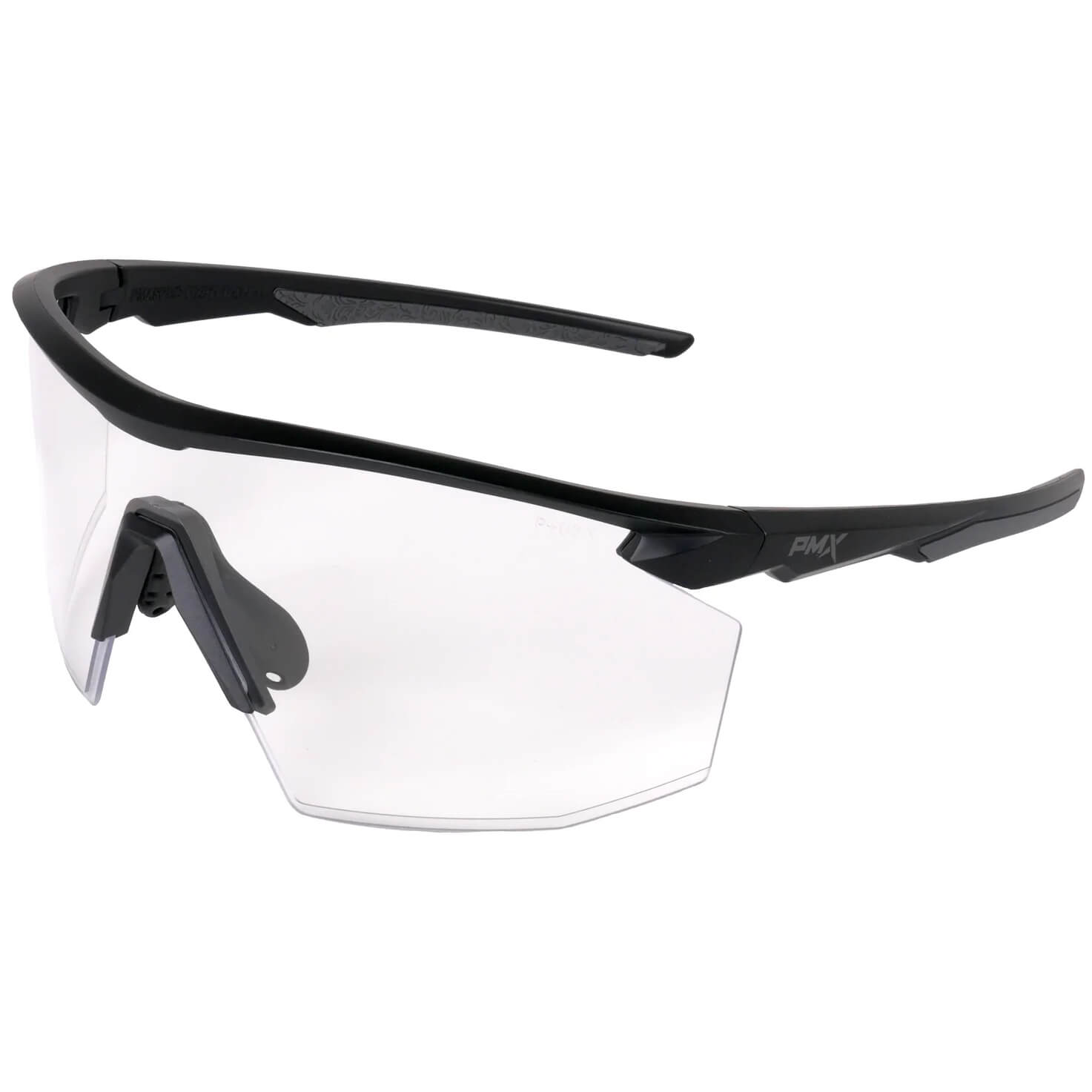Your Step-By-Step Guide to Buying Safety Glasses
Safety glasses are vital when it comes to protecting your eyes from injuries. In fact, around 300,000 work-related and 125,000 household eye injuries occur annually in the US. Those are huge numbers! And the amazing thing is, 90% of them could have been prevented with proper eye protection.
The good news is safety glasses are cheap and readily available. However, thousands of different types, brands, and styles make selecting the right pair a little daunting. So, here's a step-by-step guide to help you find and buy the right safety glasses.
Step 1: Know the Eye Safety Hazards In Your Area
First, you need to know the potential eye safety hazards you're likely to encounter. And those hazards may change depending on your activity, location, lighting conditions, and more. It's not uncommon to need different types of safety eyewear for various tasks. Example: You may need to swap your safety glasses with safety goggles and a face shield when handling chemicals or dangerous liquids.

Types of hazards
- Mechanical & Physical Risks: Look for machinery, tools, and objects that can generate flying particles and may create impact hazards.
- Radiation: Look for hazardous light sources such as UV radiation from the sun, welding flash, lasers, and other forms of dangerous light.
- Temperature: Look for dangerous levels of heat. Hot liquids, molten metal, furnaces/open flame, and intense heat radiation.
- Chemical: Dangerous chemicals come in many forms. Look for hazardous liquids, gases, powders, vapors, etc.
Step 2: Understand the Types of Safety Glasses Lens Materials
Not all safety glasses use the same lens material. You can find safety glasses with lenses made from Polycarbonate, NXT, Acrylic, and Glass. Polycarbonate is the most commonly used, but you need to be aware of the other materials because they all have pros and cons.

Step 3: Know Your Frame & Lens Options
Your safety eyewear's frame & lens options are an essential consideration. Eyewear aesthetics, comfort, and functionality will heavily influence your purchase decision, and for a good reason. Remember, whether you're purchasing eyewear for yourself or employees, people want to wear safety eyewear that's good-looking, comfortable, and easy to use. If your eyewear is ugly and uncomfortable, the chances of you not wearing them go up dramatically.

- Lens Coatings: Lens coatings are used to improve the functionality of safety glasses. Anti-fog coatings are the most popular as they reduce or eliminate lens fogging. Other standard options are a hard coat, hydrophobic, anti-reflective, blue light blocking, and mirrored coatings.
- Lens Tints: Lens color is a critical consideration for safety eyewear. For indoor and low-light environments, clear lenses are the most common. Shaded lenses are typically used outdoors to protect from bright sunlight. While specialty lens tints are available for special hazards or light conditions, such as weld flash or arc flash protection.
- Comfort and Design: The aesthetics and comfort of your safety glasses are essential. Nobody wants to wear a pair of uncomfortable safety glasses for hours on end. Look for eyewear that's lightweight and has been designed ergonomically to be comfortably worn for extended periods. There are plenty of attractive styles with extra comfort features, such as soft nosepieces, rubber temples, and ergonomic frames. You can also find styles with different frame sizes to accommodate users with small or large faces.

Step 4: Know Your Safety Ratings
When purchasing safety eyewear in the United States of America, you want to look for eyewear clearly marked per ANSI Z87.1 standards. These markings ensure the eyewear has been properly tested and meets the required standards for safety eyewear. If you'd like to learn more about the ANSI Z87.1 standard, check out our "What Does ANSI Z87.1 Certified Mean?" article.
Buying safety glasses doesn't have to be confusing. This guide will ensure you make the proper considerations before spending your hard-earned money.
Do you have questions or comments about Buying Safety Glasses? Please leave a comment below.







